Why Is It Important to Have Good Handwriting?
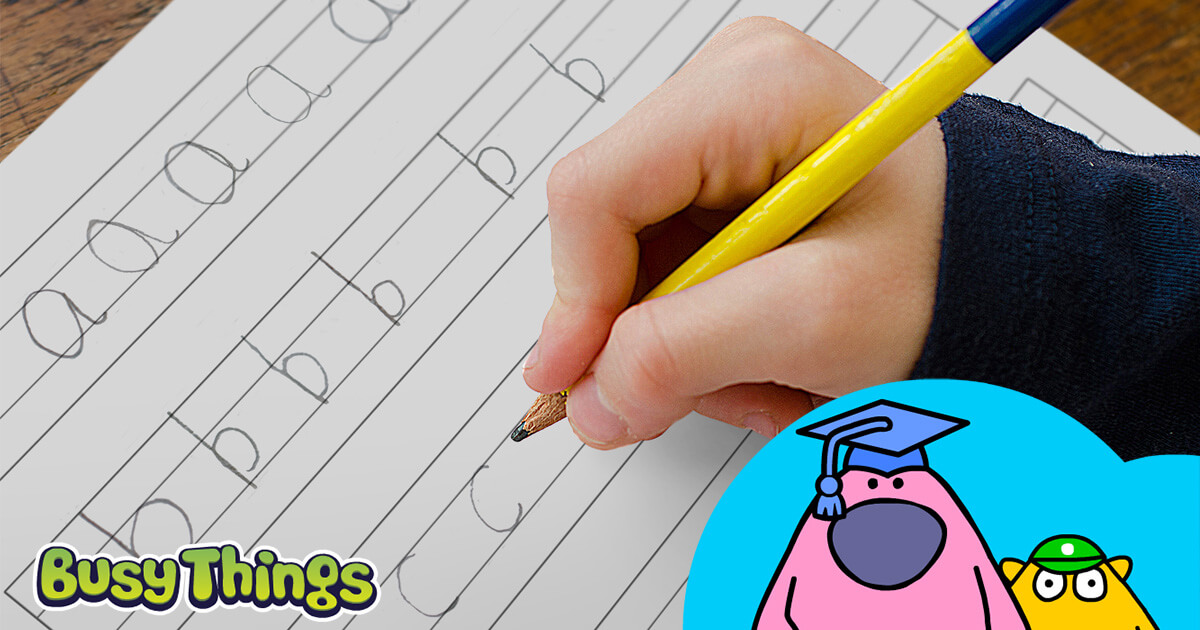
National Handwriting Day is 23rd January. It’s a day that’s observed in the United States, having been created by the Writing Instrument Manufacturers’ Association simply to promote the use of stationery items. It’s a strange national day, created solely for marketing purposes, but it does bring writing skills into the spotlight. In this day and age of technology, when we’re much more likely to send someone a quick text than a handwritten letter, is perfect handwriting something to aspire to, necessary or even relevant?
In this blog, we explore the benefits of both writing by hand and using a keyboard.
- The benefits of good handwriting skills
- The benefits of good keyboard skills
- Two distinct skill sets
- Busy Things’ handwriting activities
- Busy Things’ keyboard activities
- Summary
The benefits of good handwriting skills
Writing by hand is a slower, more considered activity than typing. When forming letters with a pen, you have more time to connect with the subject matter and so understand it better. As a result, it:
1. Improves understanding and focus
Writing by hand forces the brain to mentally engage with the information being written, improving pupils’ literacy and reading comprehension.
2. Boosts memory
When we write something down, it helps us remember it. Writing activates the parts of our brains involved with thinking and information storage, allowing us to keep, manage and retain information.
3. Stimulates brain activity
Writing by hand uses more complex motor and cognitive skills than typing. The writing process encourages pupils to expand on their thoughts, form connections between them and critically evaluate what they’re writing about.
4. Supports better creative writing
Being able to write legibly and quickly affects both the fluidity and quality of a pupil’s writing. With good skills, children can get their thoughts down on paper almost as quickly as they’re thinking them. Poorer writers, however, may struggle with letter formation, so not keep up with their thoughts and have their thought process interrupted.
5. Boosts academic achievement
Research undertaken in the US has proven there’s a positive correlation between handwriting skills and better reading and writing skills. Published in the Journal of Early Childhood Education and Development, the study looked at 1,000 pupils at Pre-K and then again three years later. It found that children with good fine motor skills at the age of 4, developed through learning their letters, outperformed their peers at age 7.
6. Improves general attainment
In primary school, learning is largely writing-based. Handwriting is an integral component of the English curriculum, including transcription (spelling and handwriting) and composition (articulating ideas and structuring them in speech and writing). Examinations follow the same approach, so being able to write speedily and legibly is critical for pupils to achieve their full potential right up to GCSE and A-level.
The benefits of good keyboard skills
Whilst most youngsters will start out with an electronic touchscreen keyboard on a digital tablet, standard computer keyboards are not universally used until after school age.
There are, however, several reasons why typing could benefit young writers. These include the following:
1. Typing produces easier-to-read text
This fact can be very motivating and a real confidence booster for children, because they can see that their work is comparable to the texts that they themselves are given to read.
2. Typing is less demanding
Typing involves fewer motor skills as each letter is produced in a very similar way (especially when pupils just use their index fingers). It is far less complicated than forming letters by hand, and so quicker as a result.
3. Typing is more accessible
For pupils who struggle to physically write, typing is a great alternative, allowing them to express themselves freely.
Two distinct skill sets
In summary, it would appear that there is a lot more to handwriting than meets the eye. As well as being a skill in itself, it supports a whole gambit of cognitive functions and its early development supports later academic success. Perhaps we all really should be celebrating National Handwriting Day and investing in the associated stationery!
Of course, looking at the bigger picture, there are merits in developing both handwriting and keyboard skills. Whilst good handwriting skills are undoubtedly vital at school and for passing those all-important examinations that open up the best life opportunities, keyboard skills come into their own post-education.
Here at Busy Things, we believe both skill sets are key and reflect this by having games and activities that help pupils perfect both.
Busy Things’ handwriting activities
We’ve lots of engaging handwriting resources to help your pupils perfect their letter formation and pencil control, which are available on National Handwriting Day and every other day of the year. Below, we’ve picked out a few of the most popular:
Alphabet tracing (Years 3-6)
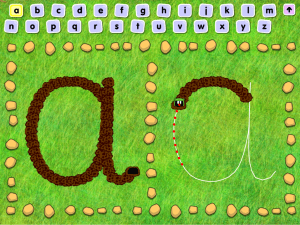
Recognise and write different letters.
Choose the letter you want to form and copy it on the screen by tracing over the guide.
Messy letters (Years 3-6)
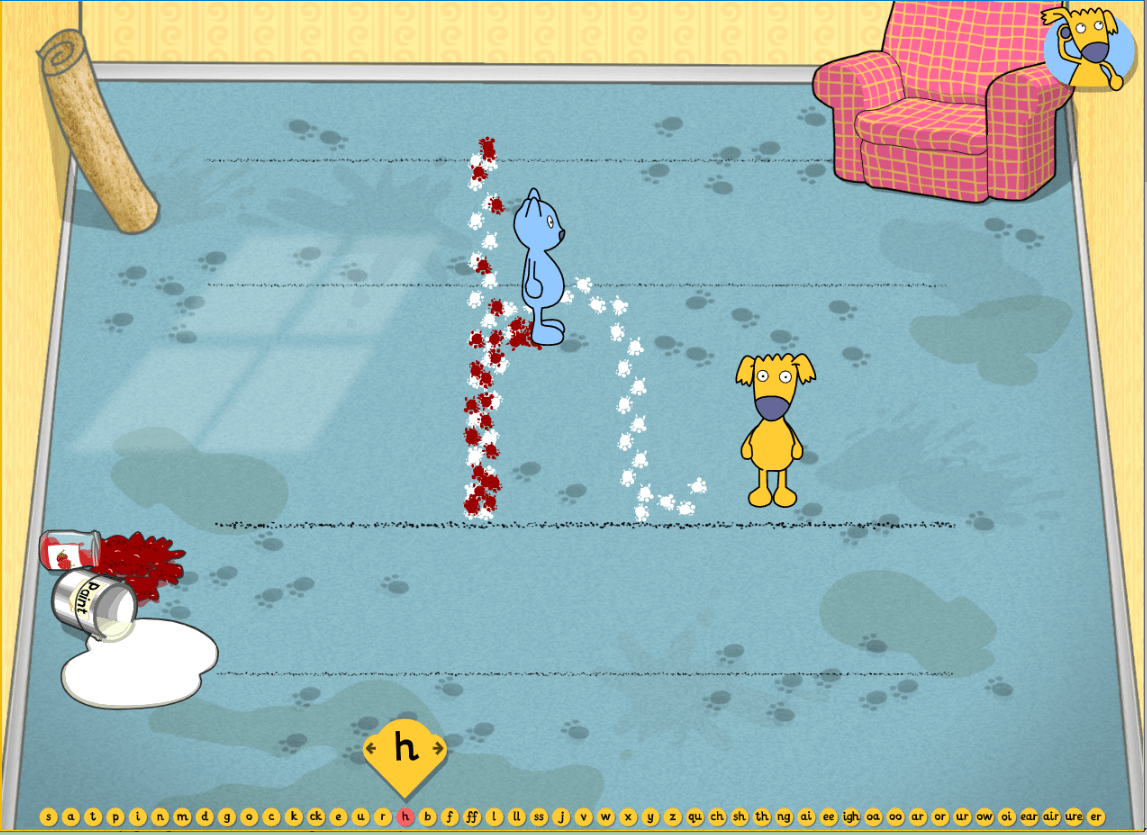
Choose a letter from the row at the base to practise.
Watch Dog write the letter then use Cat to trace over the letter correctly.
Name tracing (Years 3-6)

Practise writing names.
Use the keyboard to type the name of your choice, then choose the font and cursor type.
When ready, the child simply follows the cursor to form the right letters.
Search for ‘handwriting’ in Search and you’ll also find precursive and cursive worksheets for your students to practise with.
Busy Things’ keyboard activities
In addition to these, we have the following activities which focus on keyboard skills, ready for World Typing Day, which I kid you not, occurs every 8th January!
Tree keys (Ages 4-7)
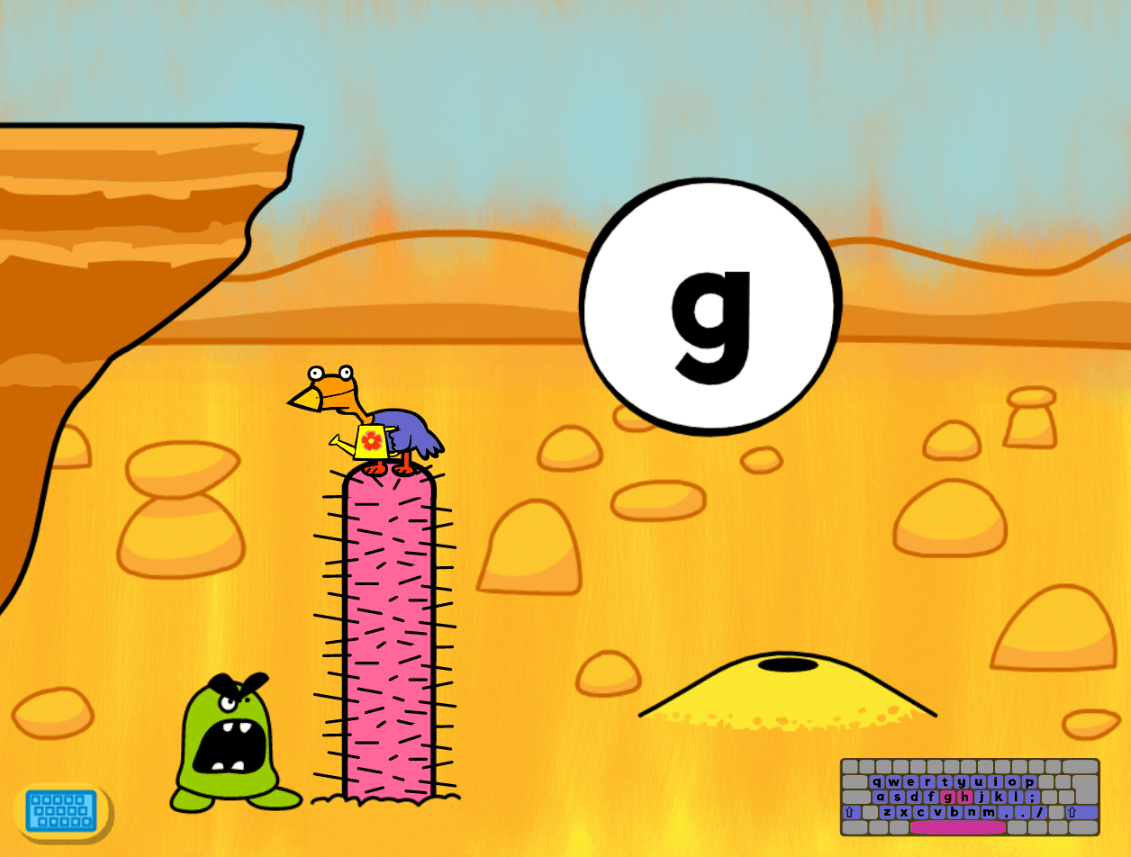
Learn to find your way around the computer keyboard.
Save the chicken from the monster by pressing the key that matches the bubble before it pops.
Bird words (Ages 4-7)
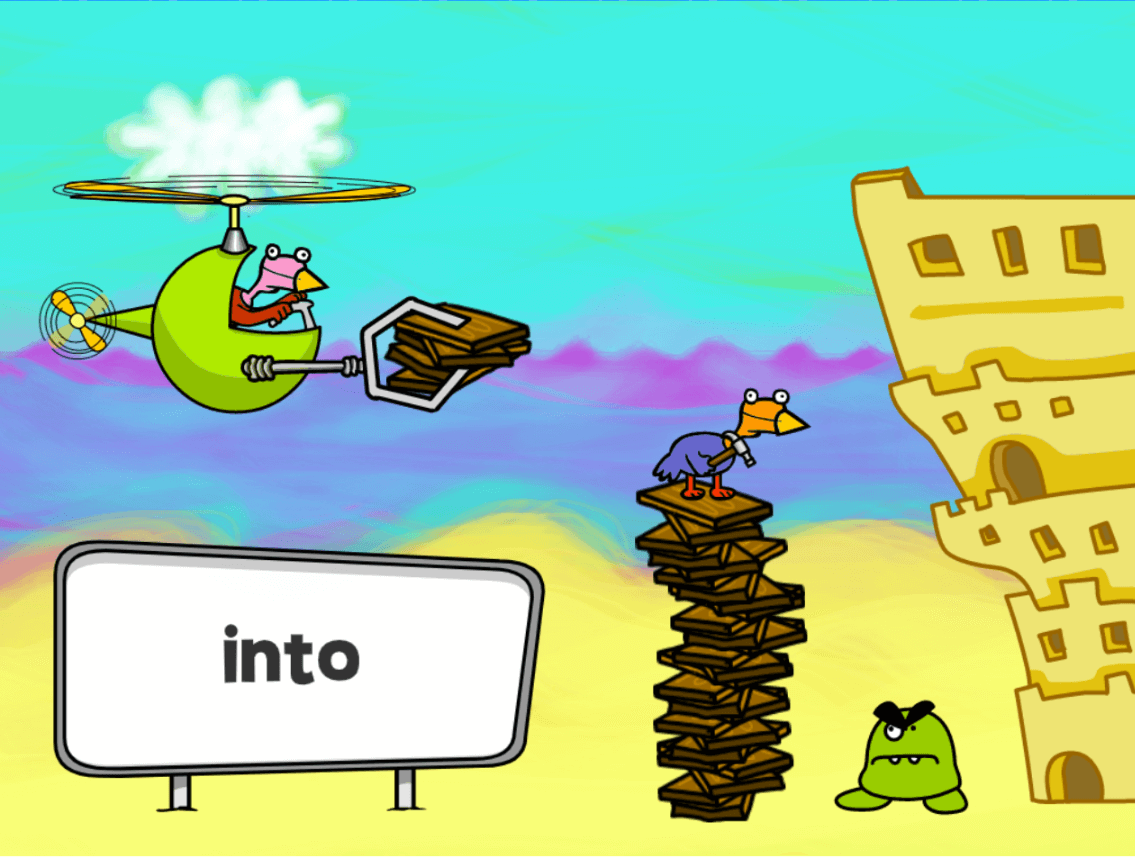
Learn to find your way around the computer keyboard.
Save the chicken from the monster by typing the words that appear.
Caption contraption (Ages 4-11)
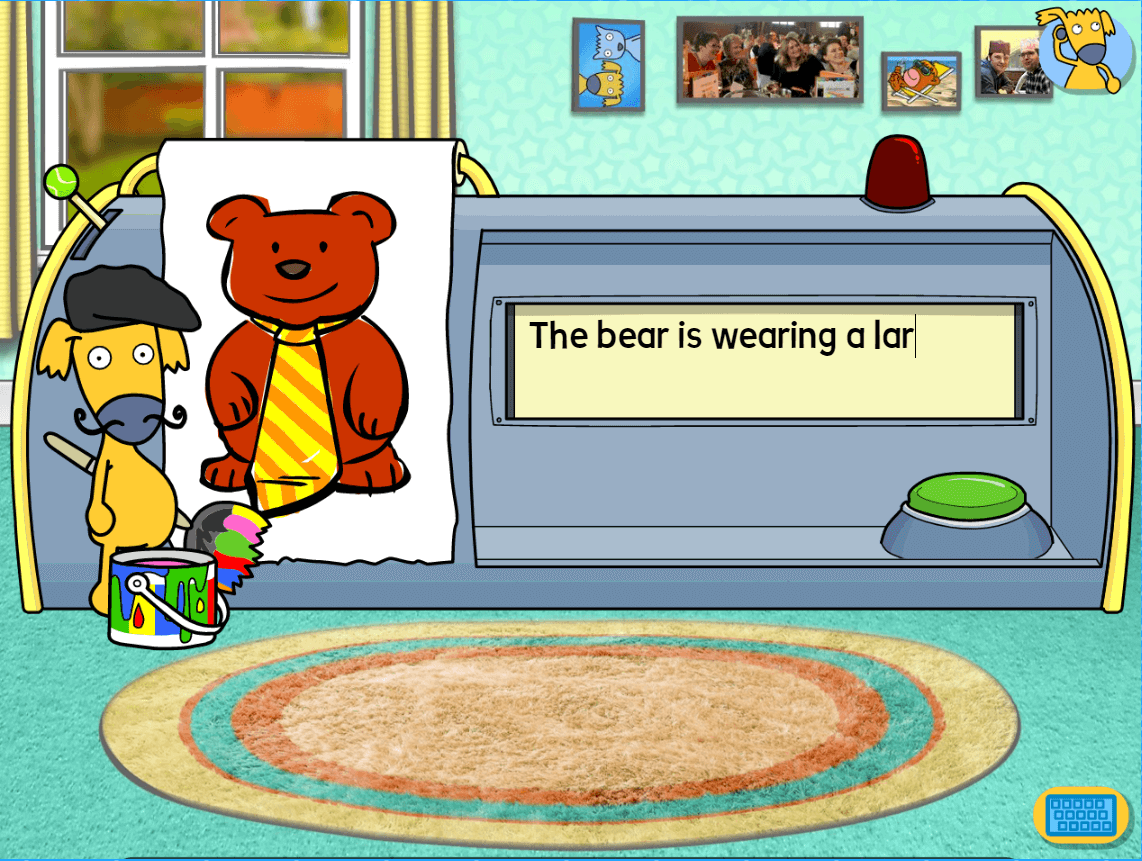
Listen carefully to the audio instructions for the caption, then type it out exactly.
Look within our Lesson library within the Teacher hub, and you’ll also find a series of 4 Computing lessons, which focus on Creative Media – Digital Writing.
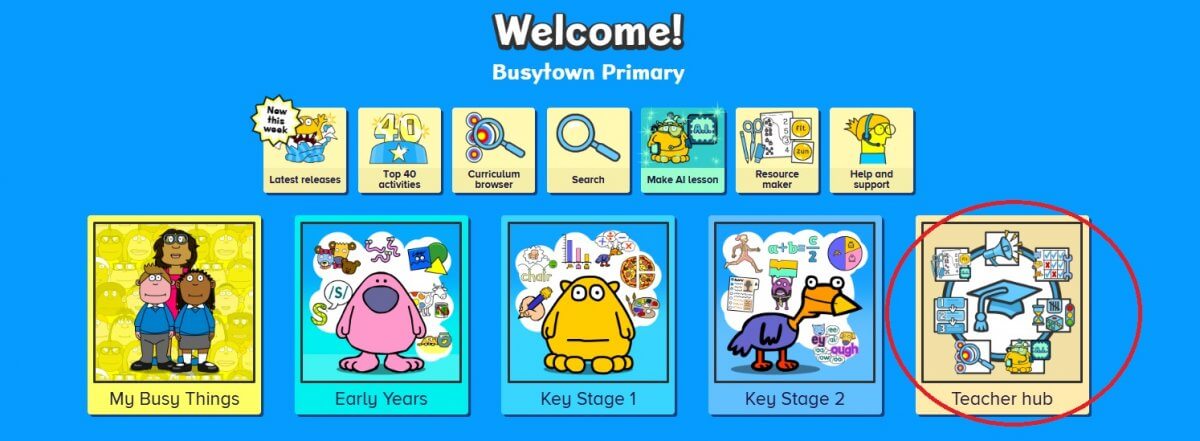
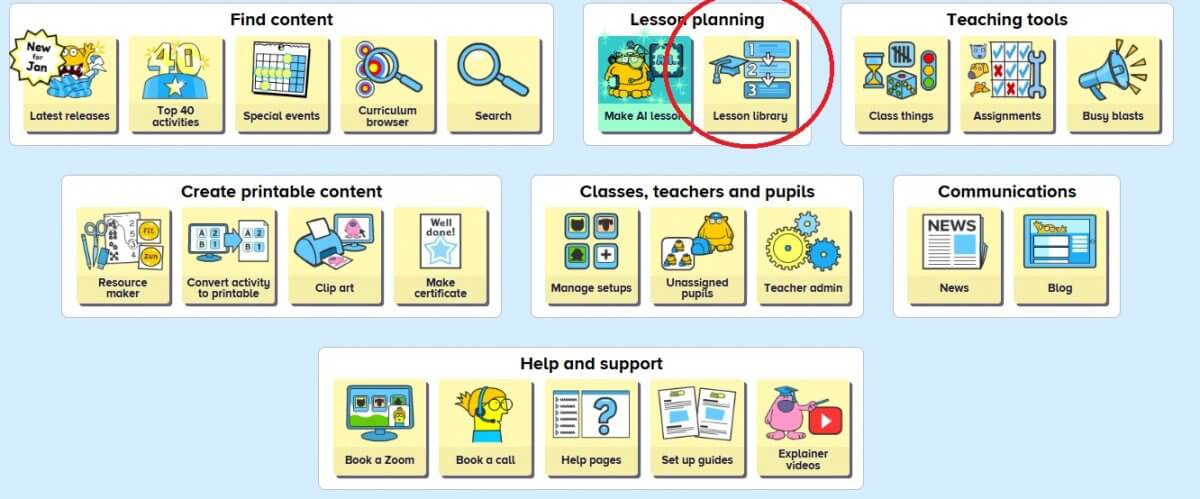
Summary
We hope this blog has given you some background into the skills involved in writing by hand and typing, as well as some ideas about activities you can undertake with your class to perfect the skills.
As part of this blog, we’ve included several of our activities to play for free. These are: Alphabet tracing, Name tracing, Tree keys, and Caption contraption.
Want to see more activities?
If you’d like to see our handwriting and keyboard activities (and others!), we’d love you to take out a free 28-day trial with us! Simply click here for this. You’re more than welcome to have a virtual tour via Zoom too. If you’d like one, contact us here and we’ll get in touch!
This post was reviewed and updated in January 2025.